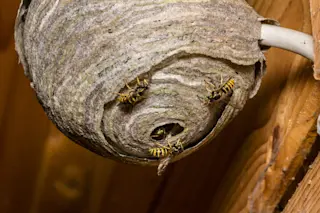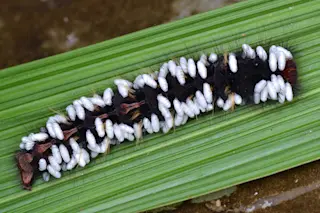It's a hard choice, deciding whether ants or bees are Discoblog's favorite kind of wickedly intelligent insect. But if anything could sway the proceedings one way or the other, it's this: Bees know how to do the wave. A study published today in PLoS One suggests that giant honeybees have a kind of collective intelligence that allows them to fend off attacking hornets—a valuable skill, because the bees live in open nests. A team led by Gerald Kastberger of the University of Graz in Austria watched video of 450 examples of "shimmering"—a group of bees flipping their abdomens up and down to create a dazzling visual effect, something like fans doing the wave at a stadium. The bees use this technique at other times, like when one is leaving the nest, but the researchers say they mobilize shimmering en masse when they see a hornet. Kastberger says hundreds of bees ...
Giant Honeybees Dance Together; Predators Get Confused and Leave
Discover how giant honeybees utilize collective intelligence and shimmering tactics to fend off hornet attacks and protect their hive.
More on Discover
Stay Curious
SubscribeTo The Magazine
Save up to 40% off the cover price when you subscribe to Discover magazine.
Subscribe












